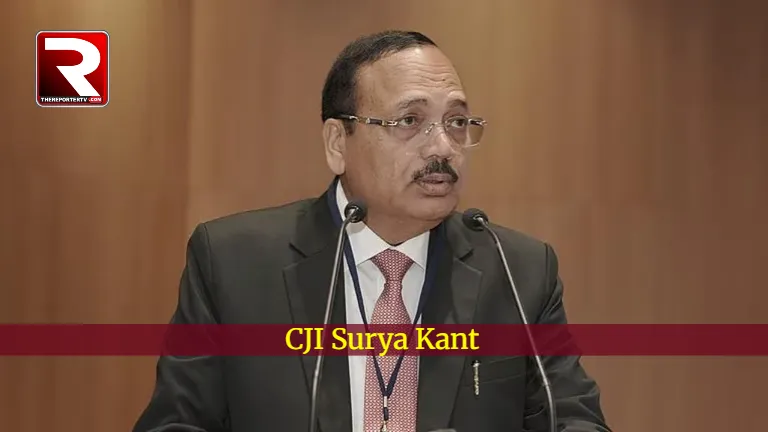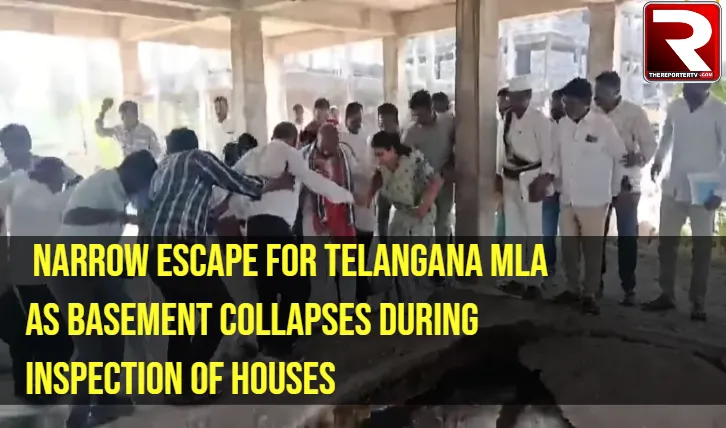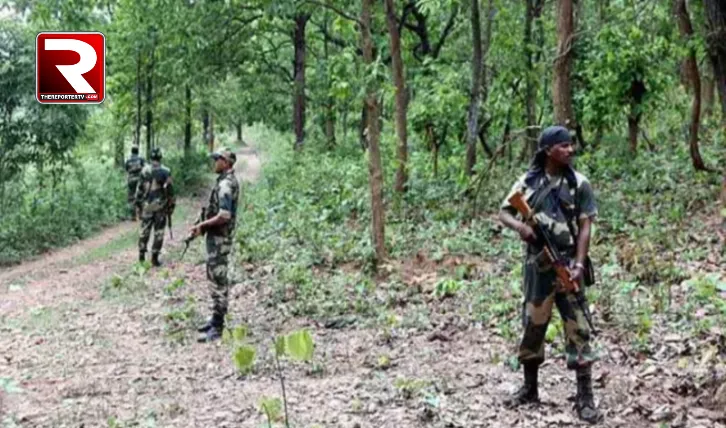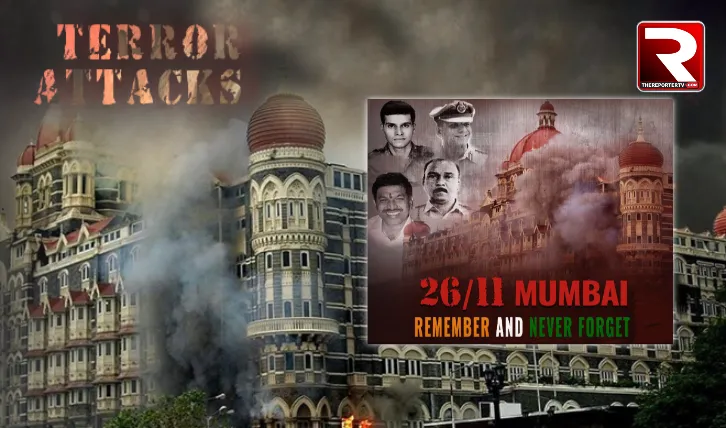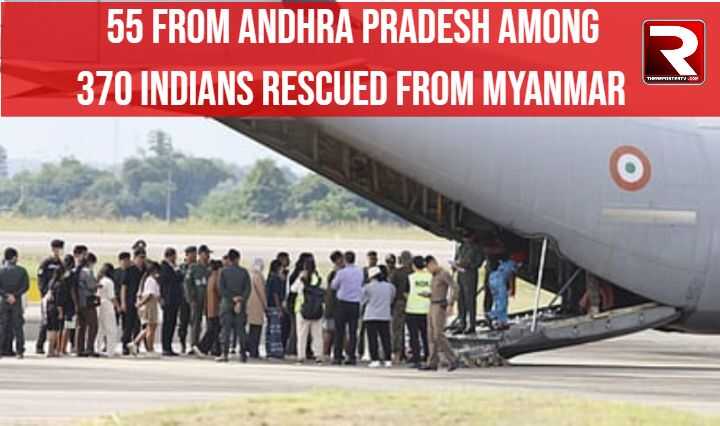Srinagar, Oct 1 — The recent unrest in Ladakh, triggered by demands for statehood and inclusion under the Sixth Schedule, has delivered a severe blow to the region’s already struggling tourism sector. Just as the industry was beginning to recover from the aftershocks of the April 22 Pahalgam terror attack in Kashmir, the situation spiraled again following violent clashes on September 24.
The violence erupted after a 14-day-long hunger strike led by renowned climate activist Sonam Wangchuk escalated into protests. The confrontation with police turned deadly, leaving four locals dead and nearly 90 injured. In response, authorities imposed an indefinite curfew and a near-total internet shutdown, with only intermittent relaxations.
While curfew restrictions have been slightly eased, internet services remain suspended, and uncertainty continues to hang over the region. The stalemate deepened further after the Leh Apex Body (LAB) and Kargil Democratic Alliance (KDA) pulled out of scheduled talks with the Ministry of Home Affairs, set for October 6.
A Shattered Season for Tourism
Ladakh, known for its stark landscapes, high-altitude lakes like Pangong Tso, and heritage sites such as Leh Palace, has long drawn both domestic and international travellers. But stakeholders say the unrest has once again halted any momentum.
“We had just started recovering from the impact of the Pahalgam attack. Tourists from Europe had begun returning for adventure expeditions,” said Tawang Dorjey, president of the All Ladakh Adventure and Tour Operators Association. “But after the recent violence, almost all new arrivals have been cancelled. It’s a devastating blow.”
According to Dorjey, the unrest caused widespread shutdowns of shops and services, inconveniencing tourists who were still trying to follow through with planned itineraries.
Tourism — The Lifeline of Ladakh’s Economy
Tourism is not just a seasonal business in Ladakh — it is the backbone of its economy. Thousands of residents are directly or indirectly employed in the sector, running hotels, homestays, cafés, taxis, restaurants, and bike rentals. The industry also supports farmers and local artisans who supply goods to tourism-dependent businesses.
“This year has been particularly difficult,” said Rigzin Wangmo Lachic, president of the All Ladakh Hotel and Guest House Association (ALHAGHA). “Many of us have taken loans to build our businesses, and now we face mounting financial stress. The government must take note of the scale of the crisis.”
While acknowledging the economic hardship, Lachic reaffirmed her support for the demands for constitutional safeguards. “Tourism is not just an industry here — it’s tied to our identity and environment. Our fight is to preserve both.”
Surging Tourist Numbers, Sudden Decline
Ladakh had been experiencing a tourism boom since it was designated a Union Territory in 2019. Visitor numbers soared from 2.79 lakh to over 53.76 lakh in 2024, according to official data. However, the Pahalgam attack in April led to a sharp decline, with only 1.54 lakh tourists recorded in Ladakh until June — about 41% of the total figure for the year.
The downturn has also affected passenger traffic at Srinagar Airport. Once bustling with over 100 daily flights ferrying nearly 10,000 tourists, traffic has fallen dramatically to just 64 flights and a total of 10,164 passengers (arrivals and departures).
A prominent Kashmiri tour operator admitted they had shifted focus to handling Ladakh bookings to stay afloat after the April attack. “Now, with the Ladakh unrest and the season ending, we are staring at complete losses,” he said.
Looking Ahead
With winter fast approaching and temperatures in Ladakh soon expected to plummet to minus 30°C, the tourism season is effectively over — ending not with a celebratory close but under a shadow of grief, conflict, and economic uncertainty.
For many in Ladakh, the future hinges on not just political negotiations, but also on how swiftly peace, connectivity, and confidence can be restored — before another season slips away.





